FO HGe 2/2 No. 21
|
The SchB build 4 locomotives in 1916 for their track (Göschenen - Andermatt), which used a rack railway.
In 1961 the SchB joined the FO . After which the 4 original locomotives were renumbered from 1 through 4 to 21 through 24 and repainted in a red livery.
In 1980, the last locomotive of this design was scrapped.
|
 |
RhB ABe 4/4I No. 33
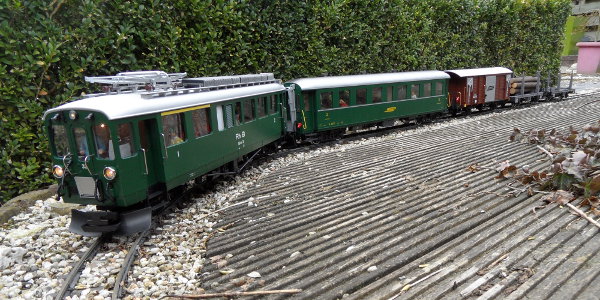 |
At the opening of the BerninaBahn in 1908 orders were placed at SIG and Alioth for two series of railcars for a total of 17 designated as class BCe 4/4 and BCFe 4/4.
Between 1946 and 1953 these were refurbished and renumbered with the new class designation ABe 4/4I and ABFe 4/4.
Number 33 (originally number 5) sadly burned down in 1962, but several of these railcars are still operational with a service record of over 100 years.
|
RhB Ge 2/4 No. 203 & 205
 |
The RhB bought 7 lightweight electric locomotives in 1913. |
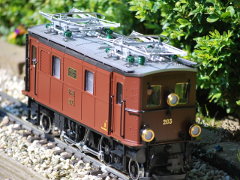
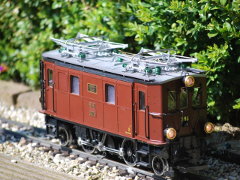
|
|
LGB No. 29452, is a recently issued special gravel train set which included this locomotive, although it was previously available under LGB No. 2045.
This model prototyped after the 205 is delivered fully digital including a digital sound module.
|
||
RhB Ge 6/6I No. 412 & 413
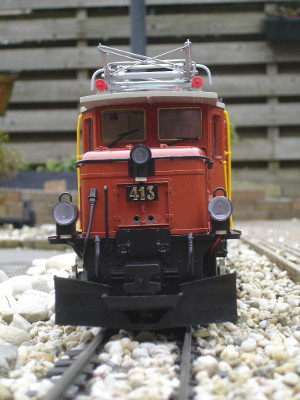

|
The most famous locomotive of the RhB is the Rhaetian Crocodile. |
|
|
LGB No. 2040 is modeled after this special locomotive and I own two of these: |
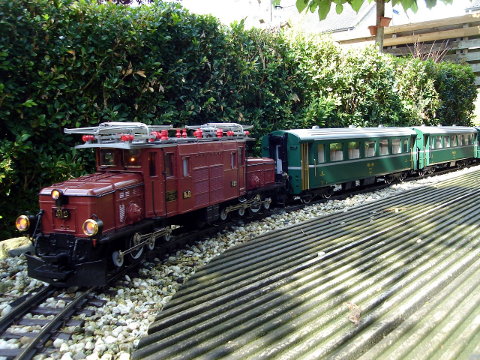 |
|
RhB Ge 4/4II No. 619
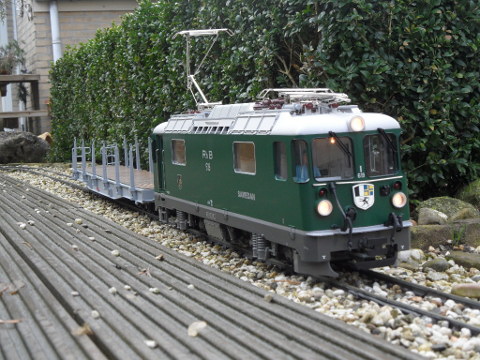 |
In 1973 the RhB bought 10 new modern electric locomotives to replace the aging ones, among those the Ge 6/6I.
Following the success of this new generation of electric locomotives, this number expanded to 23 locomotives in 1985.
Making it the backbone of freight and passenger traffic in the network of the RhB. |
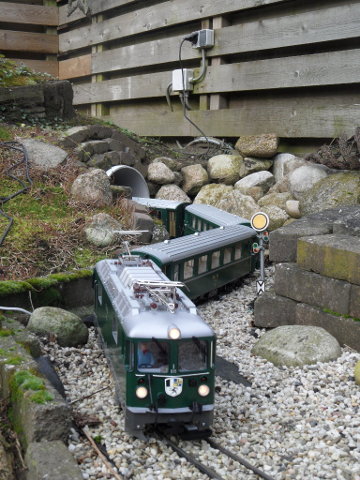
|
|
LGB no. 28343 is factory digitally equipped, including a digital sound module. |
||